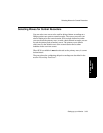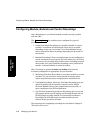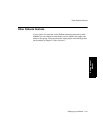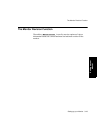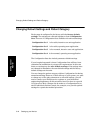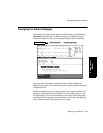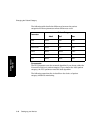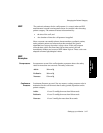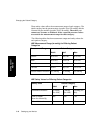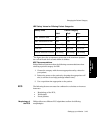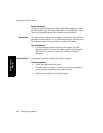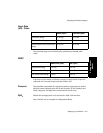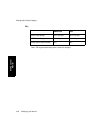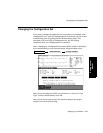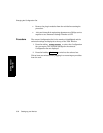
Changing the Patient Category
Setting up your Monitor 3-47
Setting up your
Monitor
NBP The patient's tolerance for the cuff pressure (i.e. stress) when an NBP
measurement is made is an important factor to consider when choosing
patient category. The amount of stress is determined by:
• the size of the cuff, and
• the duration of time the cuff pressure is applied.
Since a neonate can usually tolerate less stress than a pediatric patient,
and a pediatric patient can tolerate less than an adult, the System
algorithm has category-dependent safety values. If the cuff pressure
exceeds these values for more than a given time period, the cuff
immediately deflates and a severe INOP Alarm is given. These values are
adapted to normal physiological values.
NBP
Examples
Overpressure Overpressure occurs if the cuff maintains a pressure above the safety
value for more than two seconds. The safety values are:
Continuous
Pressure
Continuous Pressure occurs if, for any reason, a safety pressure value is
maintained in the cuff for more than a safety period, dependent on the
patient category.
Adult: 300 mmHg
Pediatric: 300 mmHg
Neonate: 150 mmHg
Adult: if over 15 mmHg for more than 180 seconds
Pediatric: if over 15 mmHg for more than 180 seconds
Neonate: if over 5 mmHg for more than 90 seconds



